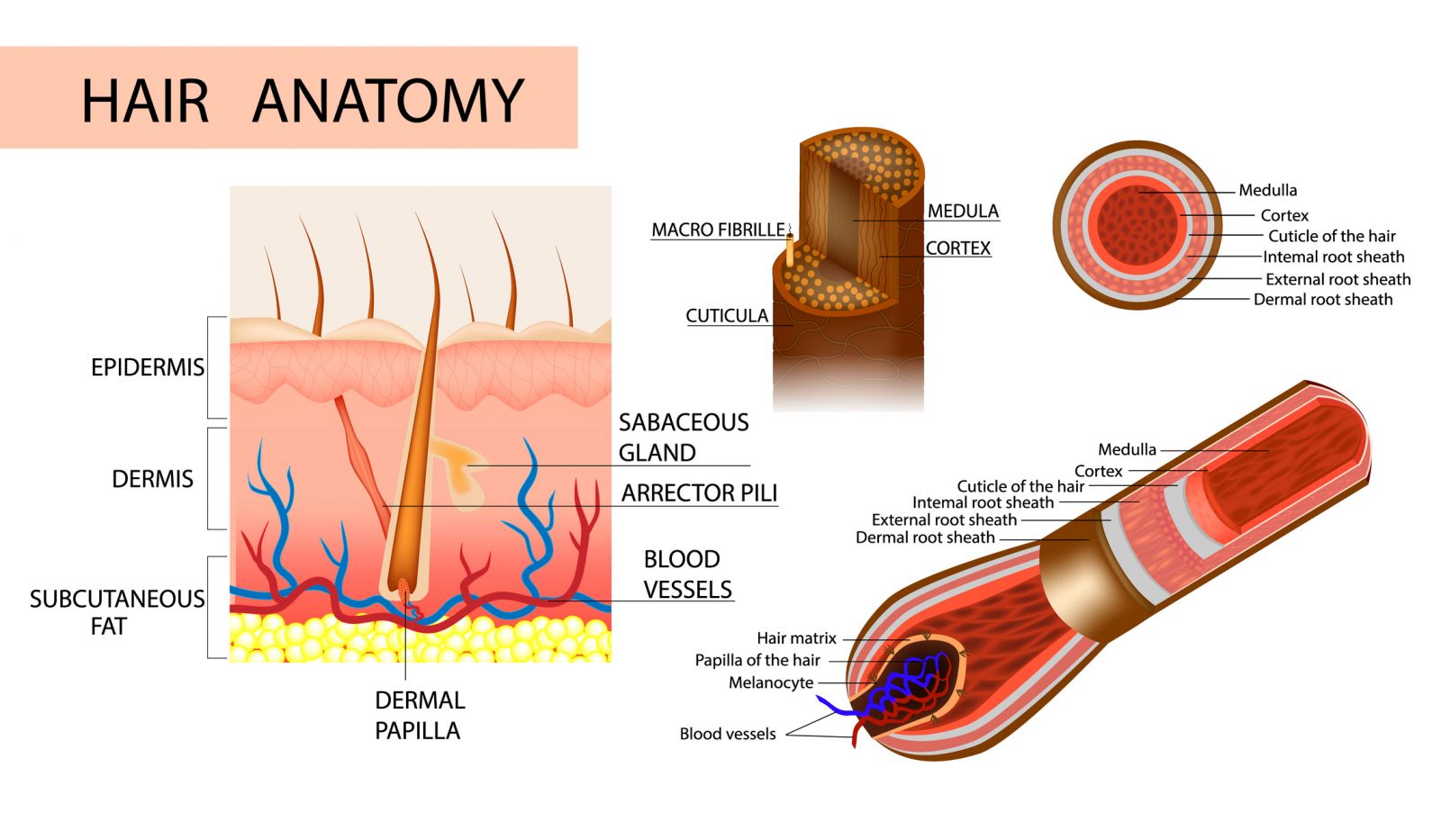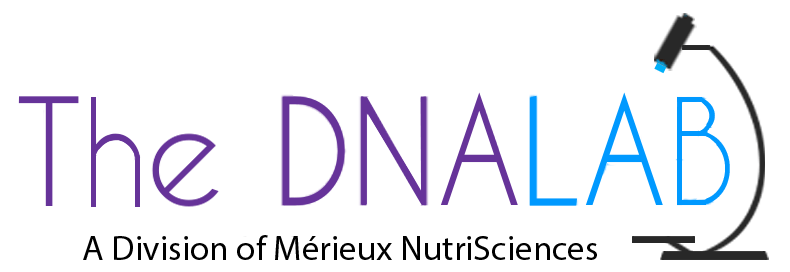Cosmetic treatments:
Hair is a robust sample for testing drugs and alcohol and has 3 morphological regions; the cuticle, cortex and medulla. The cuticle is the outer part of the hair, and it consists of a sheath of overlapping scale cells that protect the bulk of the hair, the cortex. The cortex is mainly composed of spindle-shaped keratin-containing cells. In the centre of the cortex, the hair has a medulla that can be either continuous or fragmented.

Bleached hair reduced the level of drugs detected
An important concern for both drug and alcohol testing in hair is cosmetic treatments. Cosmetic treatments can include: perming, dyeing, bleaching, thermal straightening and even hair relaxing and other treatments. Depending on the type of treatment used, the level of impact may differ. Cosmetic chemical treatments open up the cuticle layer and expose the cortex, therefore it becomes more readily exposed to environmental contamination. Substances bind to melanin and influence the rate of incorporation of drugs and alcohol markers into the hair.
For example, when bleaching the hair, the process of hydrogen peroxide use, removes the hairs colour, causing a loss of melanin granule. The reduced melanin content in bleached hair compared to unbleached hair consequently leaves lower quantities of drugs.
How cosmetic products affect your alcohol results in hair.
When testing alcohol in hair, there are two main markers that are analysed; Ethyl Glucuronide (EtG) and Fatty Acid Ethyl Esters (FAEE) which includes Ethyl Palmitate (EtPa).
When hair chemical treatments are used, it can decrease the concentration of the two hair alcohol markers present within the hair. Chemical hair treatments have a greater impact on the concentration of EtG than on FAEE, due to the chemical properties of EtG. The second marker FAEE is a more resistive compound to the effects of hair treatment and therefore can be used when a false negative result is suspected.
Because of this, when chemical hair treatment is suspected, it is recommended that EtG and FAEE be analysed together.
How cosmetic products affect your drugs results in hair.
Like alcohol, the stability of drugs in hair can be affected by the chemical composition of various cosmetic treatments. Research reveals the influence of cosmetic treatments on hair analysis to be biassed towards false-negative results. It is unknown exactly how much the hair chemical treatment will affect the amount of drug or alcohol present in the hair. In scientific literature it is concluded that hair cosmetic products and chemical treatments, will likely cause the level of drugs and analytes in the hair to decrease between 30 and 80% and up to the level of being not detected. This level is dependent on the type of hair chemical treatment used, how damaged the hair is, the hair colour of the original hair and dye etc. Generally, it is estimated that the hair bleach will have more impact than regular hair dye or semi-permanent hair dye.
Alternative samples that can be tested when hair is treated:
In cases where the hair is suspected to have been treated, other matrices can be tested. These matrices include body hair, nails and blood testing. These alternative matrices would be recommended to be tested, because it is less exposed to hair chemical treatments, that could have an effect on the head hair results.



